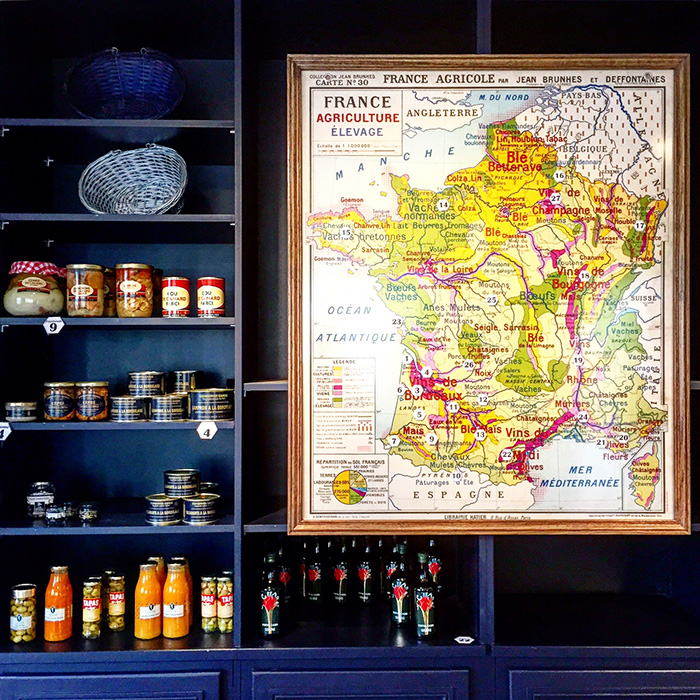Eat, drink and sleep: Bordeaux (part one)
Author: Philip Moulin

Arguably the most famous wine region of them all, Bordeaux is bound to be on the to-do list of any serious wine enthusiast. Illustrious names such as Ch. Pétrus and Lafite-Rothschild are, frankly, a global draw these days, and as you gaze at the new, Norman Foster-designed chai at Ch. Margaux, you will likely be struck by the number of visitors from the all corners of the world, also keen to pay homage at the gates of their favourite châteaux. Don’t let this put you off. There is a distinct frission to be felt when visiting these fabulous châteaux, and no matter how many times you’ve been, the excitement is barely diminished. Bordeaux is the region that people want to visit – as a wine lover you simply have to go there, to fully appreciate what makes it the greatest producer of fine wine in the world.
Geographically Bordeaux can be split into two main regions, known for the sake of brevity, as the Left Bank (the Médoc) and the Right Bank (St Emilion and Pomerol). That’s to say, as you look at a map, the Left Bank of the Gironde river, and the Right. For reasons that will become clearer when you visit first hand, the Left and Right Banks produce very different styles of wine. In short, the soils on the Left Bank are largely made up of well-drained gravel, which makes the ideal home for Cabernet Sauvignon. On the Right Bank, the predominantly clay soils are far better suited to the moisture-loving Merlot. Therefore a visit to both banks is essential to fully understand the viticultural diversity of the region.
From a scenic point of view, the vineyards of the Médoc are relatively flat, and one’s attention here is inevitably focused more on the majesty of the châteaux themselves. The neo-Palladian grandeur of Ch. Margaux, for example, is scenery enough on its own. The Right Bank, and St Emilion in particular, is the most visually charming part of Bordeaux. The Unesco protected medieval town of St Emilion is not only beautiful, but the labyrinth of cellars which lie beneath its walls are fascinating.
If you have enough time, then a visit to the Graves, and indeed, further south to Sauternes, makes an enchanting diversion. The Graves feels far more rural than the Médoc, and very often the châteaux here sit well away from one another, surrounded by the pine forest of Les Landes. Sauternes is blissfully sleepy, and the wines are ambrosial, not to mention quite the most undervalued in the world.
It’s worth noting that the city itself is a fascinating destination. From the Quai de Chartrons, where the big merchants once housed their wine (some still do), a vinous empire was built, and the wealth that the wine trade brought to the city is still evident in the stunning facades along the Quai. A great deal of money has been spent in the last few decades bringing Bordeaux into the 21st century, and public transport was one of the main beneficiaries. Buy a carnet for the tram when you arrive, and you can pretty much roam the entire city for the price of a short cab fare in London.
Look out for Philip’s next post, with an essential guide on where to stay in Bordeaux.



It woulde be useful to educate the readers on the terroir of Bordeaux, to make reference to the wheather conditions of both Banks ….
I am interested to plan for my next wine tour in Bordeaux covering wine, food and everything there.